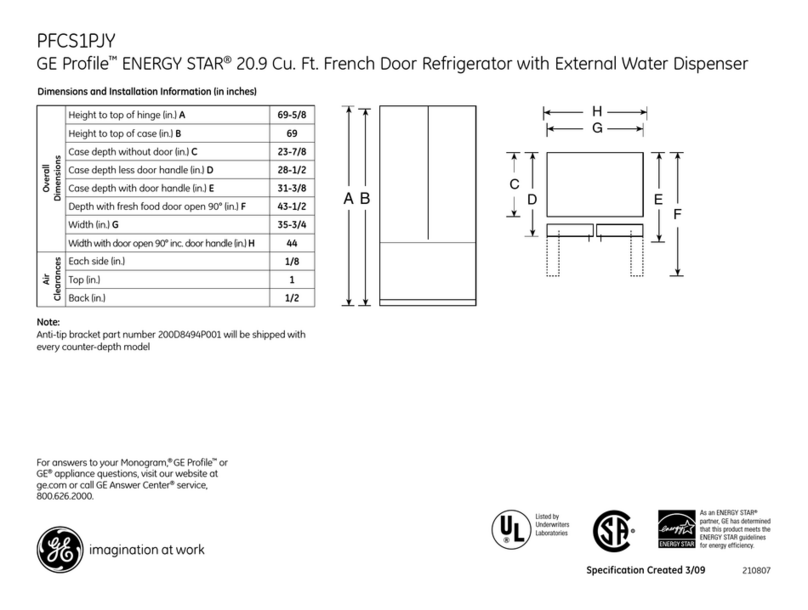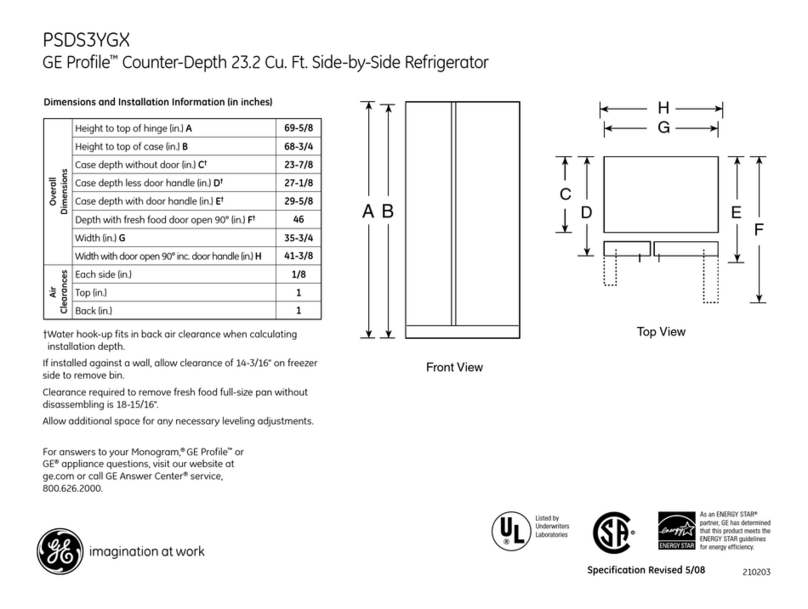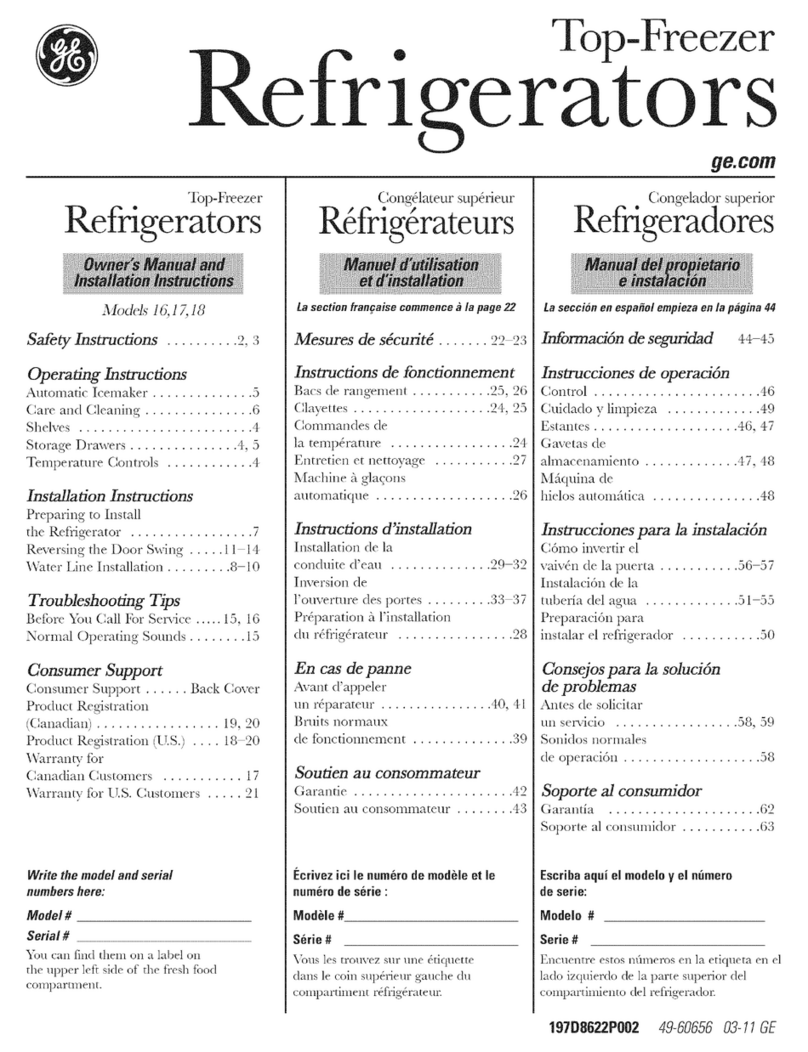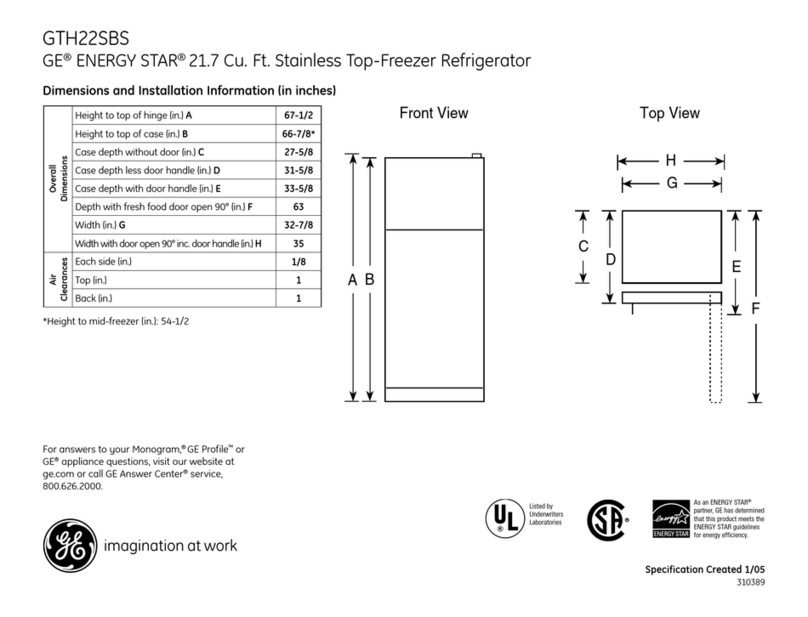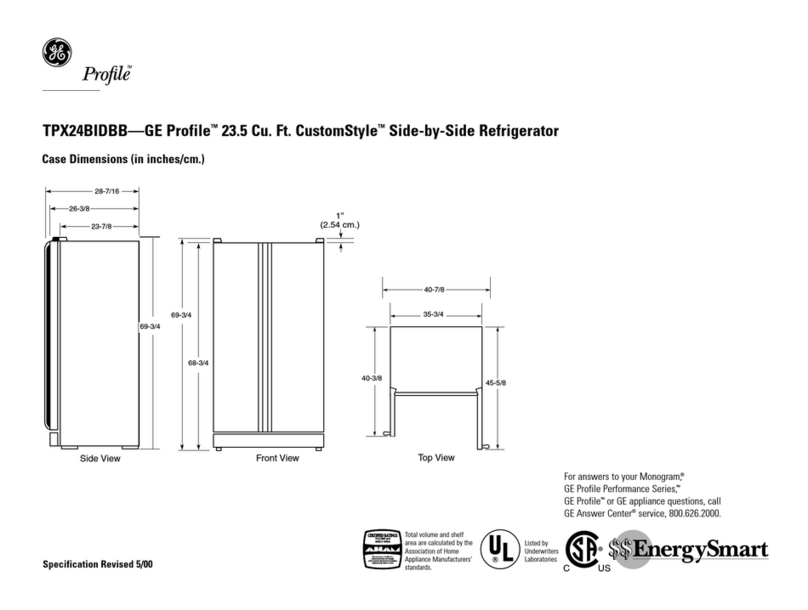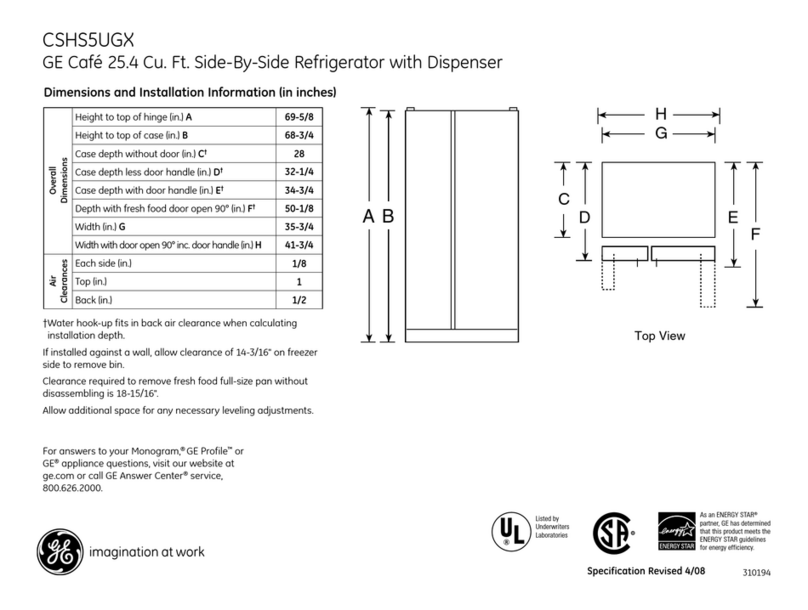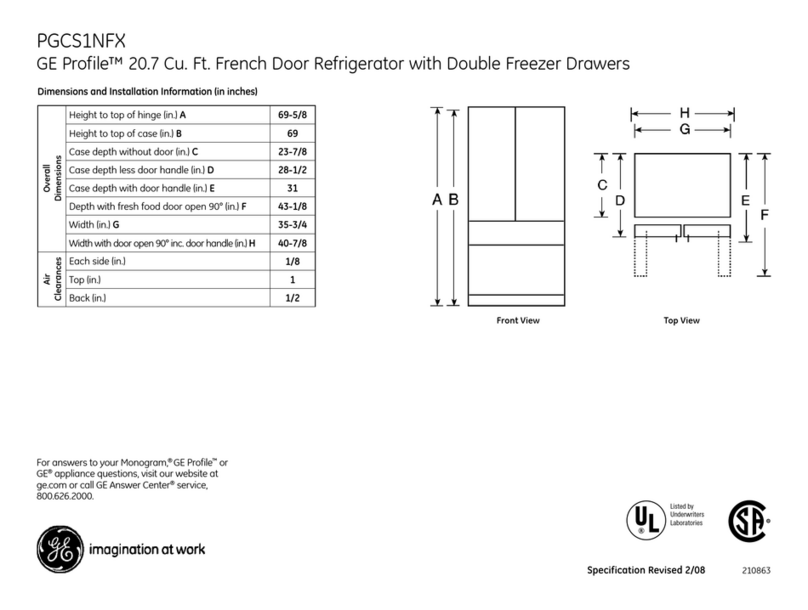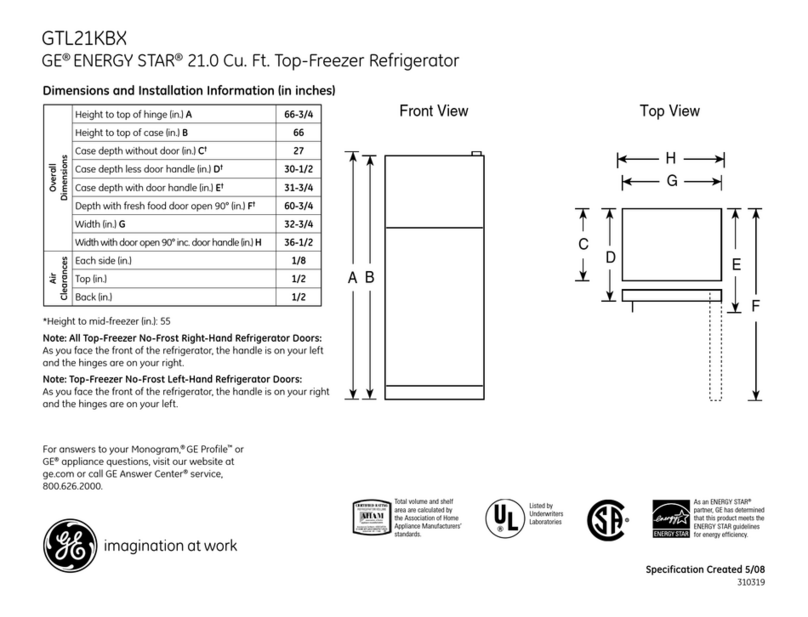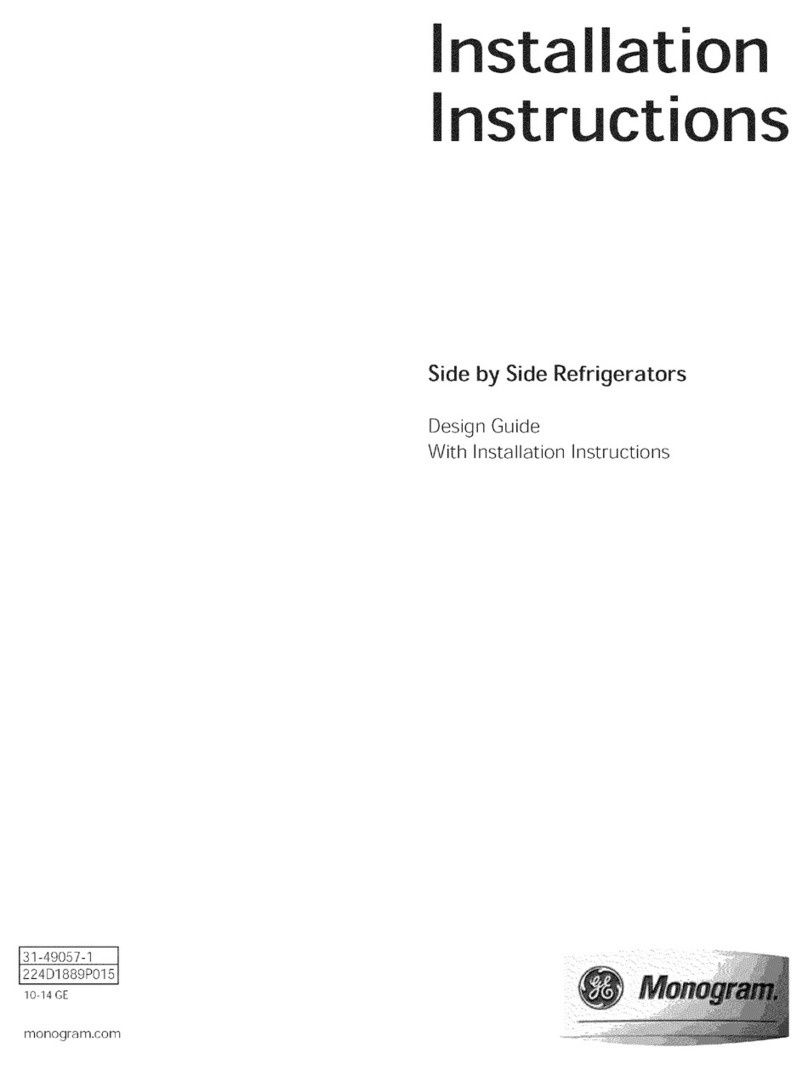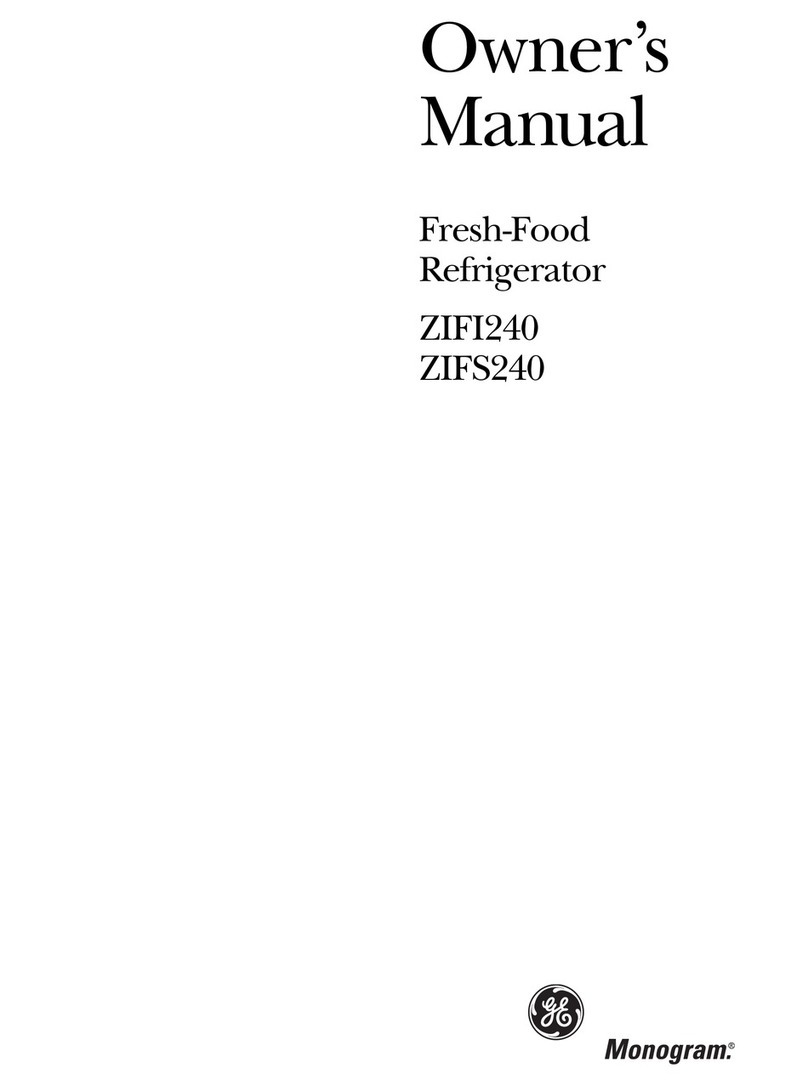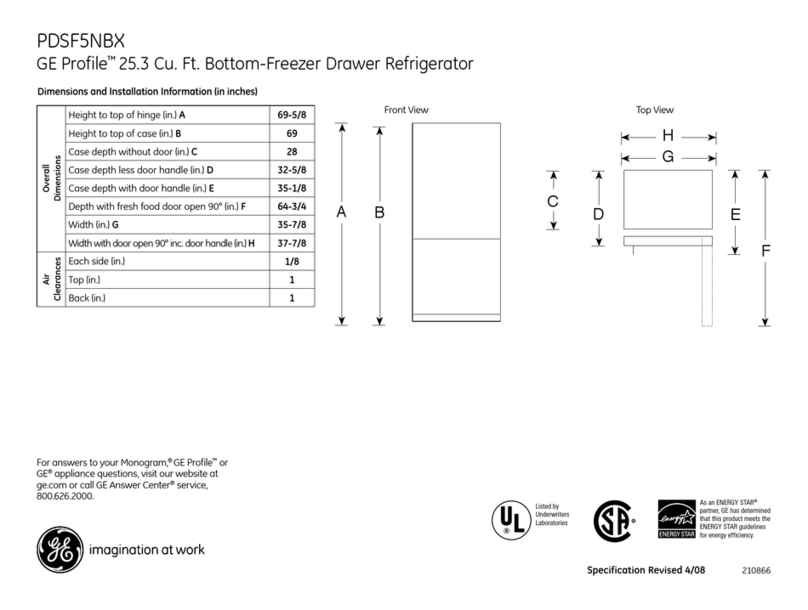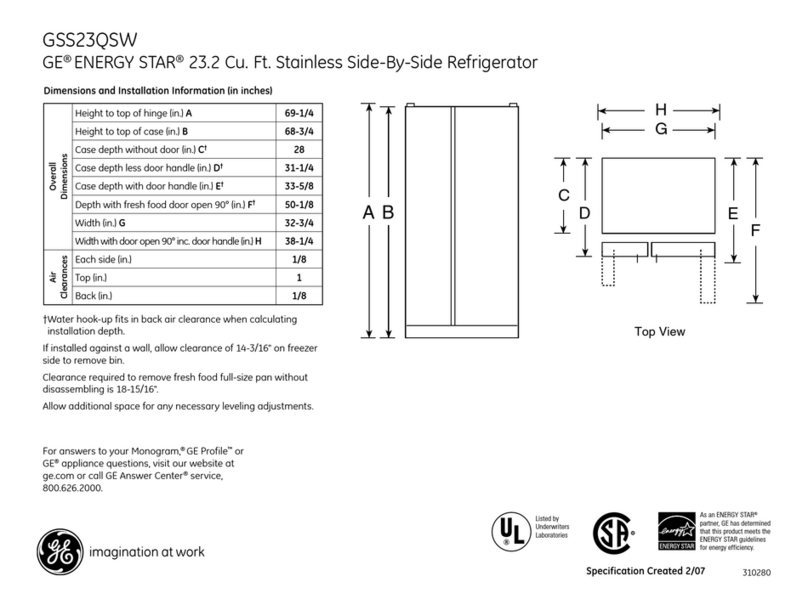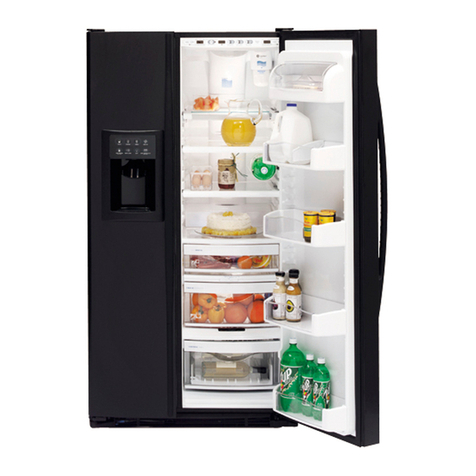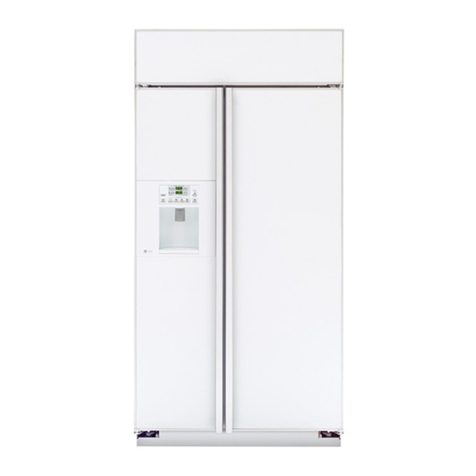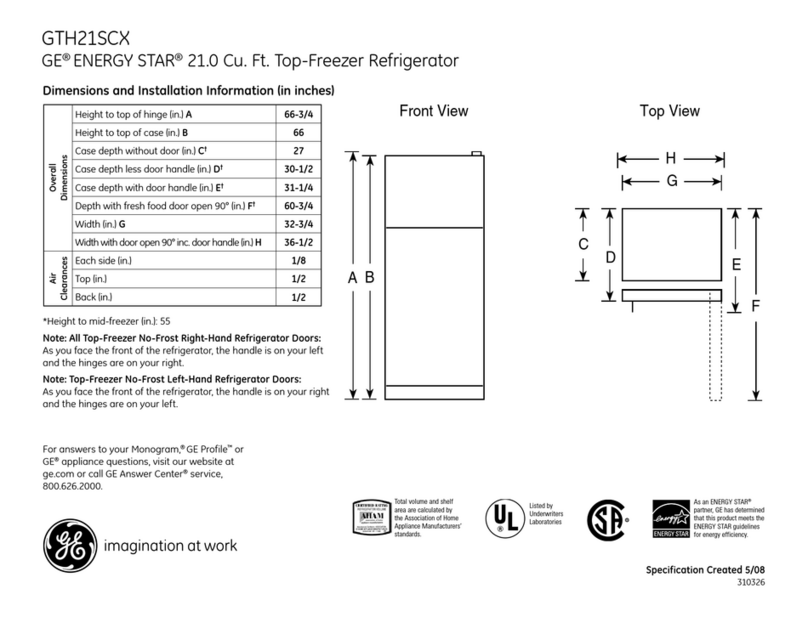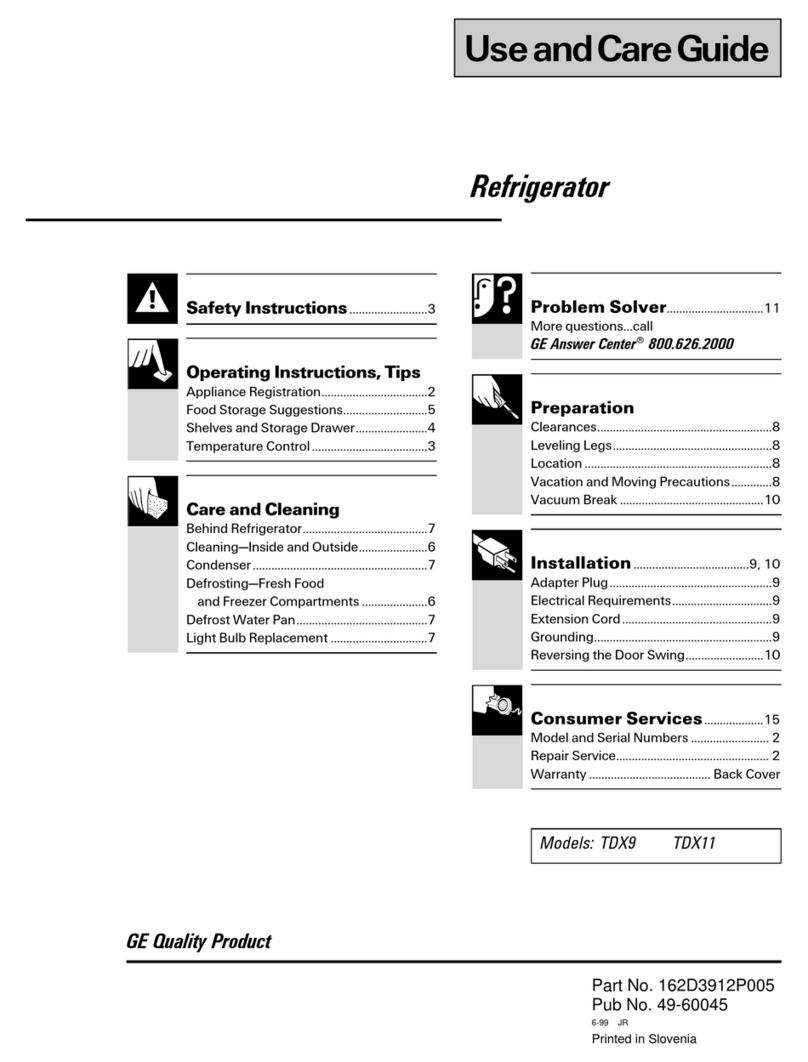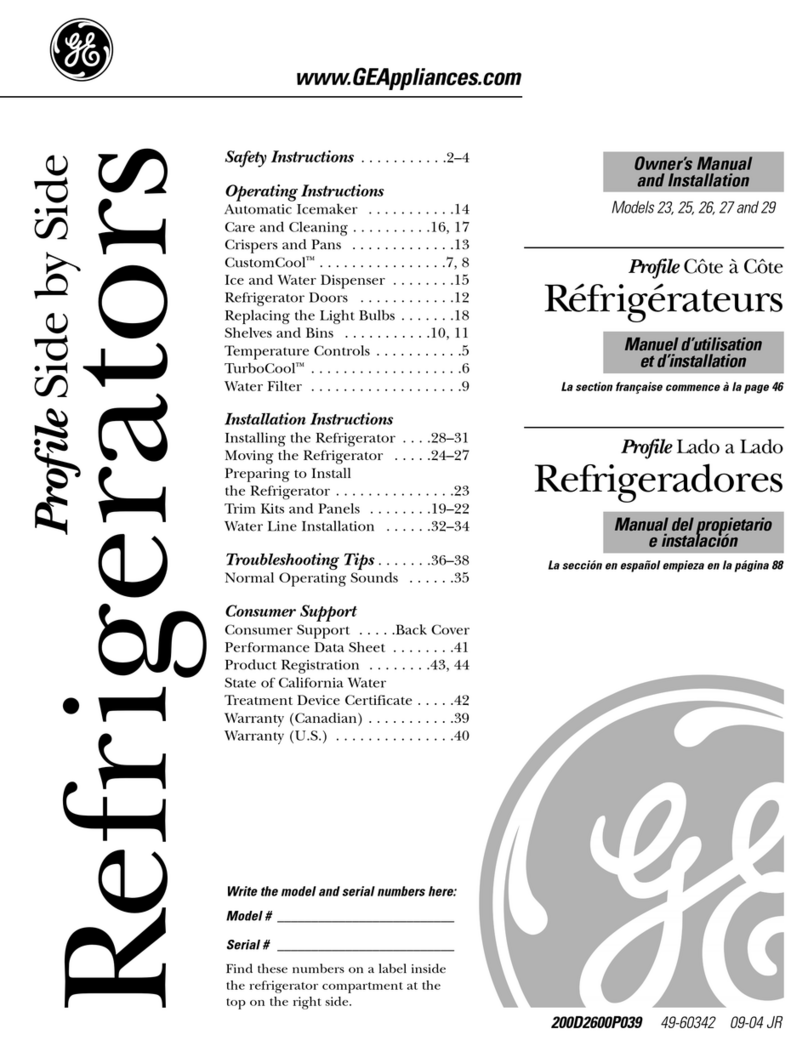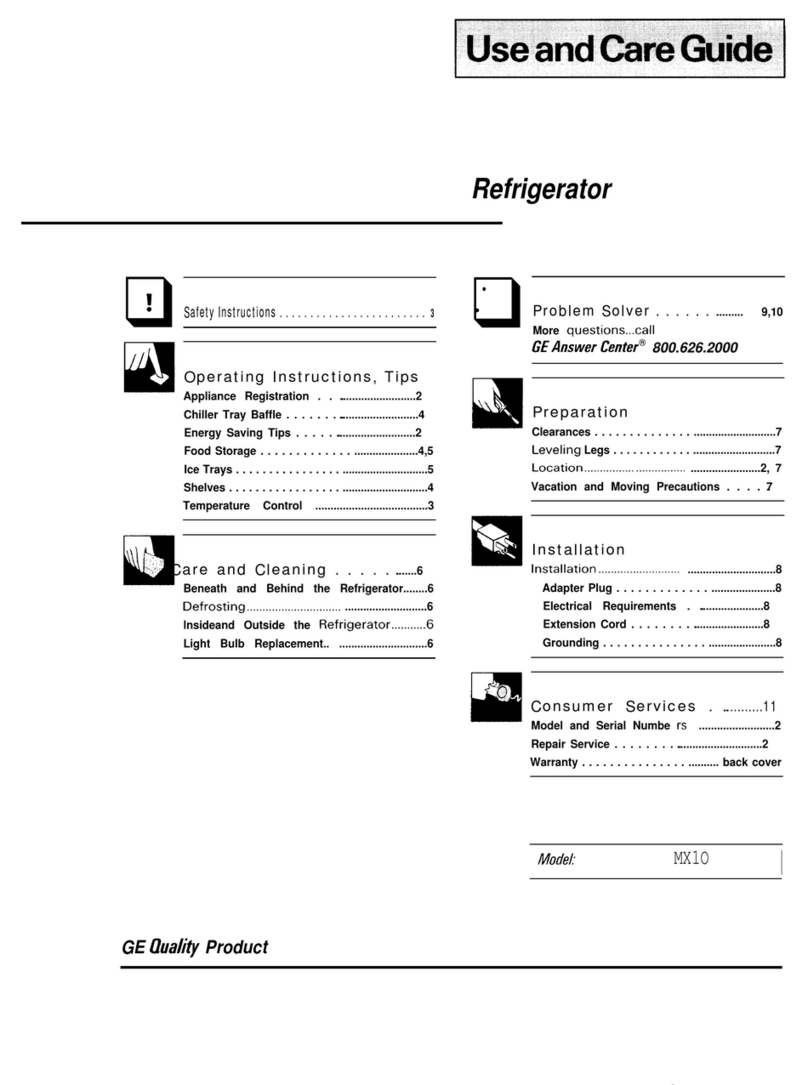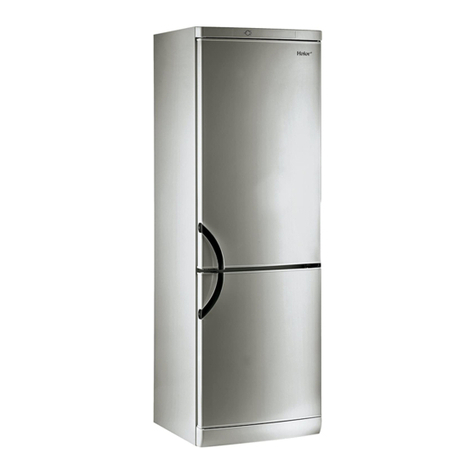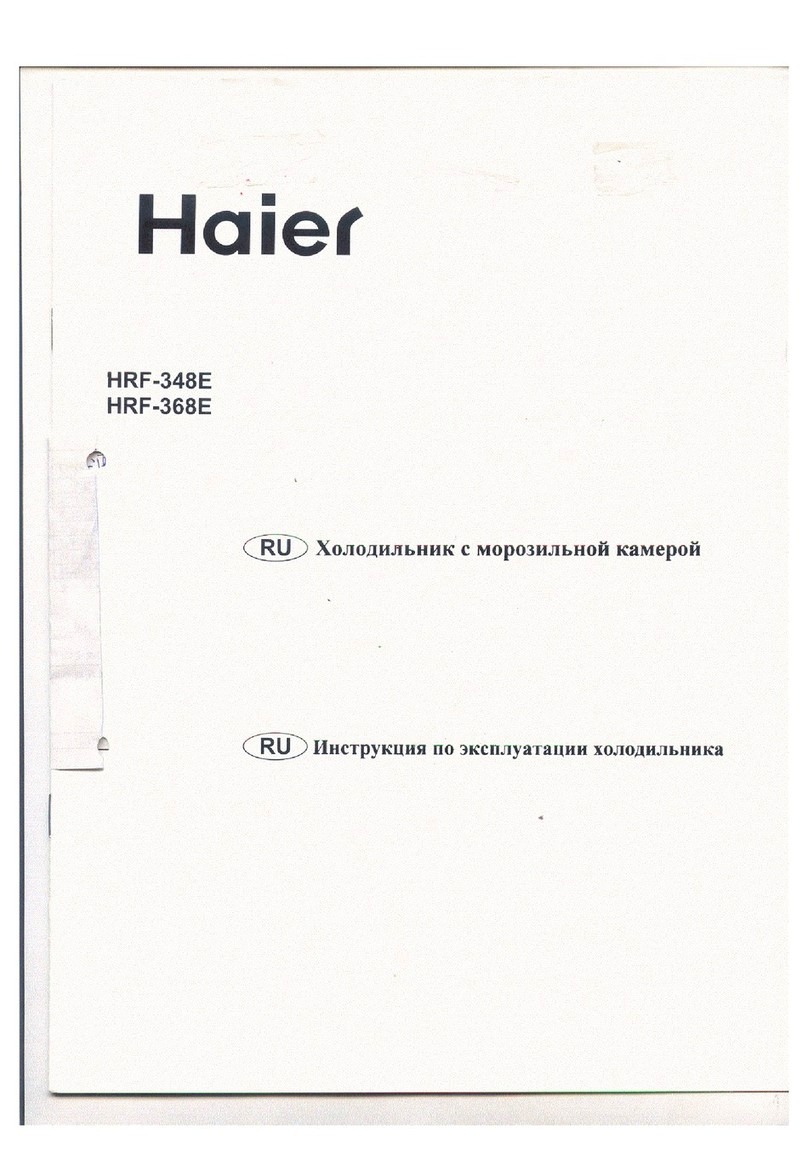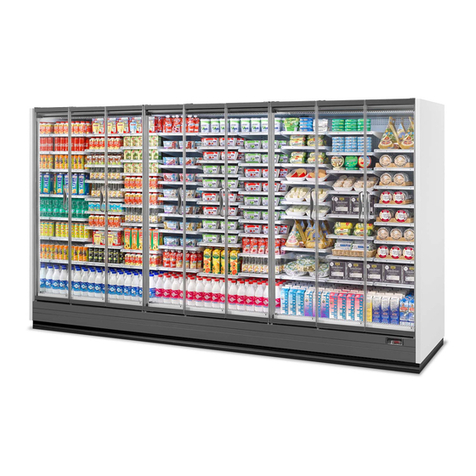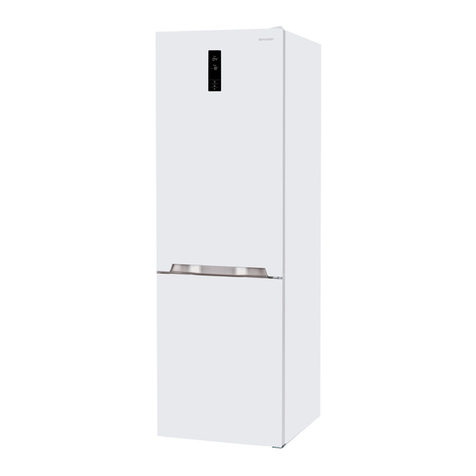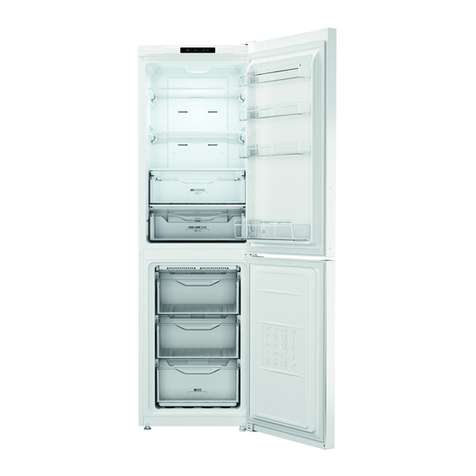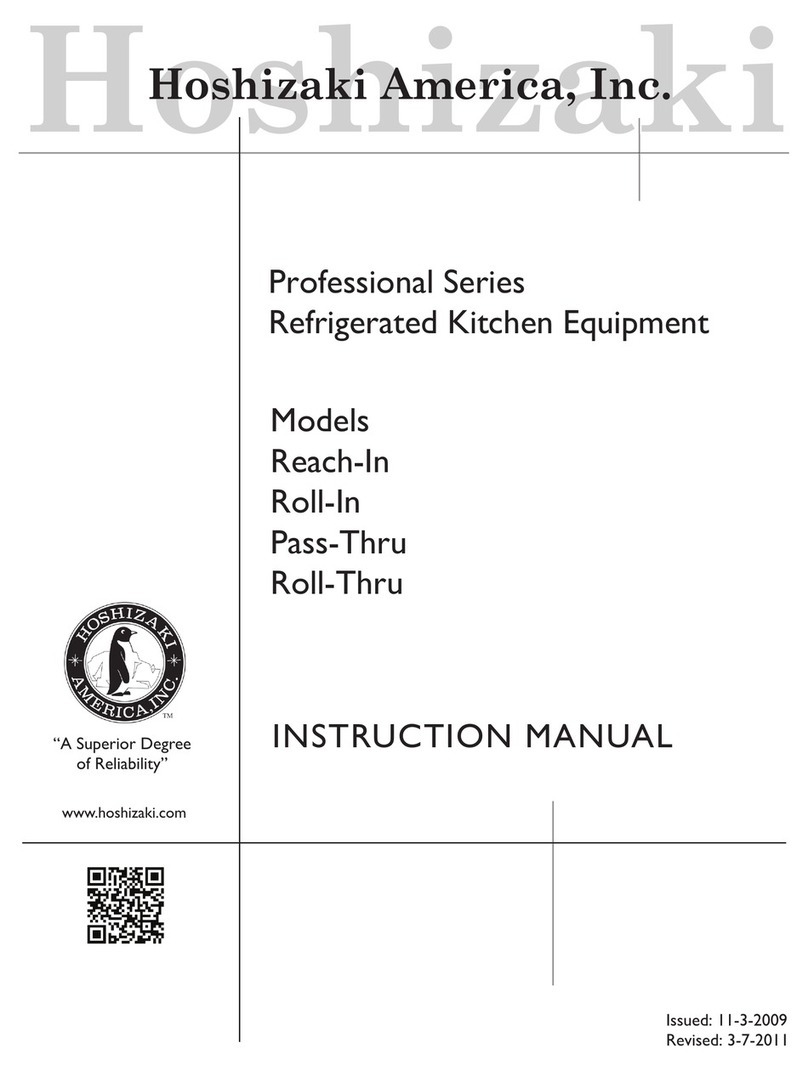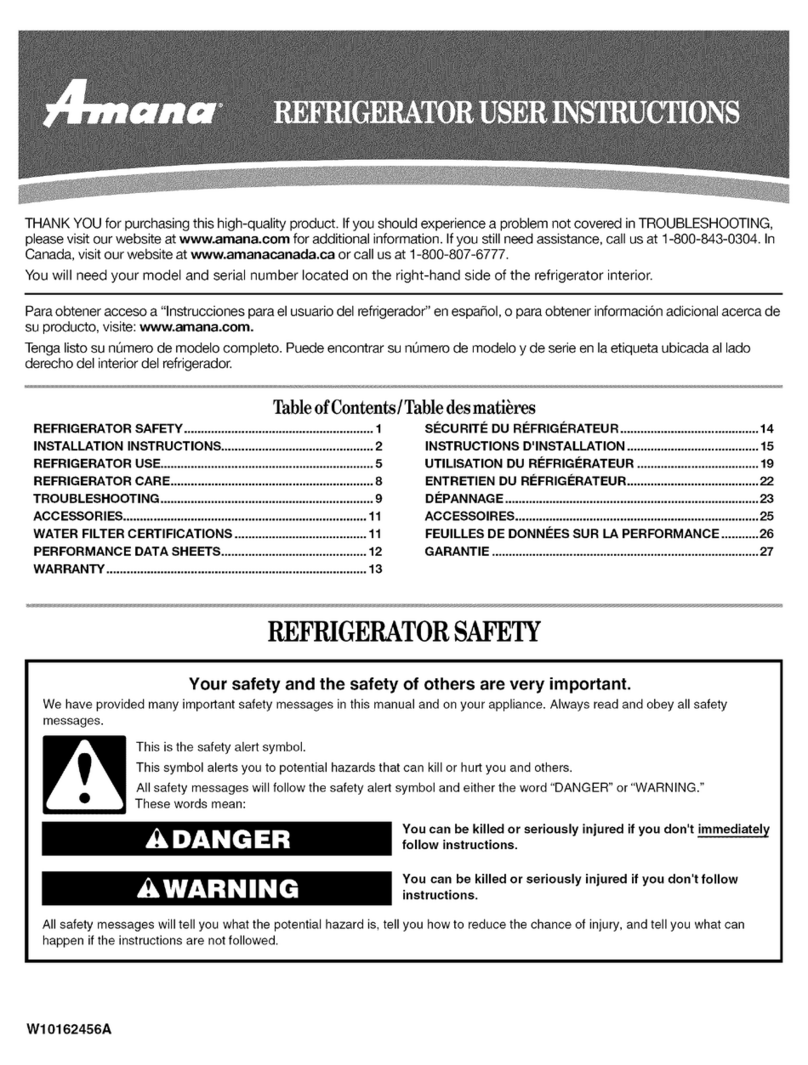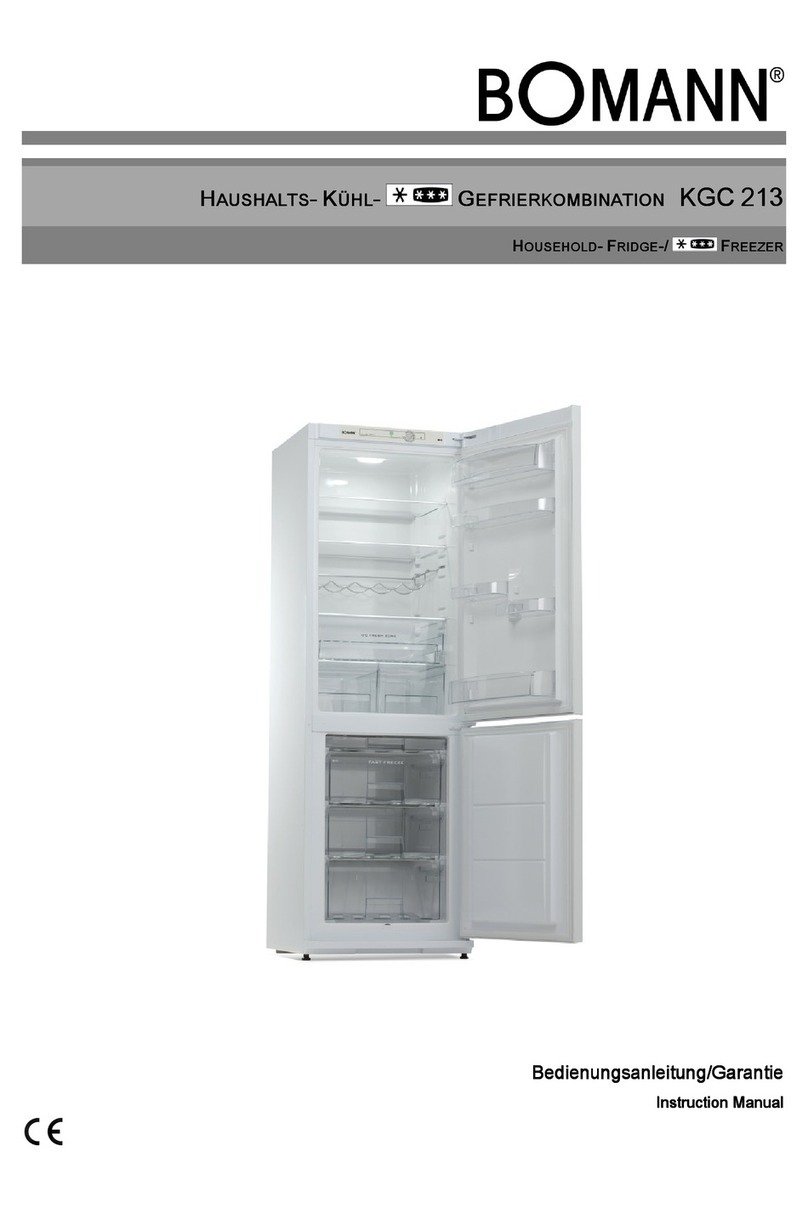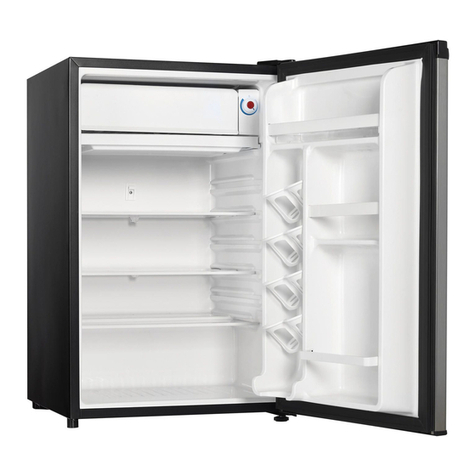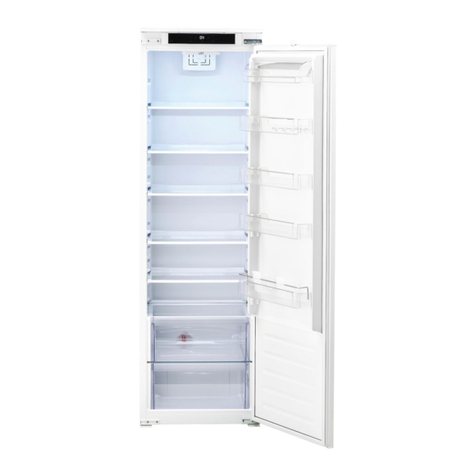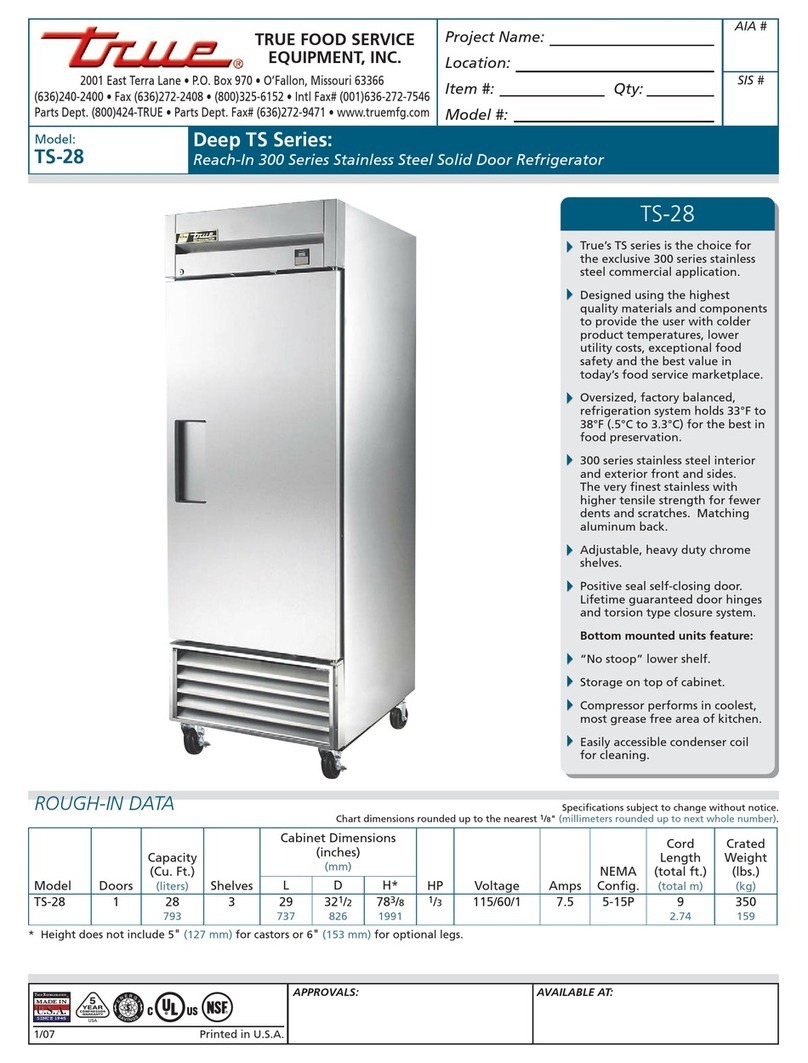sugstt
fapm
DAYS M
IN
EaJ3EFI?IGERATOFIFJIEEZER
ats4(
FMeats
R(&L.5 6
R(& V .54 8
S(...5 6 t
C(...5 6 9
C(...53 4
G& S M.2 3 4
VM...23 4
S(..21 2
P
B....
1
Frank
‘
f(...
1 2
(...51 2
(...
1 2
LM..5F
S(..
r
S(& S m
CM
MD..42 3
G&MB..22 3
P
C&T(2
C(..29
T(..26
D&G(.2
G....2:
P
P(wB26
P(NotCovered)..........3to41
CookedPoultryD.44 6
FC.t.44
&pOUIWY)FREEZER
Mfveg
2months
Lf.....m
Ffrb
s s c ..
months
Cpsa
Ie
c(c..m m
Ktechniquesareconstantlybeing
developed.ConsulttheCollegeor County
ExtensionServiceoryour localUtility
Companyfor thelatestinformation on
freezingandstoring foods,
*U.S.DepartmentofAgriculture
Meats. fishand pmdtrypLmhased
from [k storevary in qLuNityand
ag.c;conscqLlently,safe storagetime
inyour refrigeratorwill vary.
/-2~ Tost(lE”euB2fl”ozei11’fi12ats,tlsh211d
K:-;.=’
t“””--’)
oAlways I“cmovc?XOI-Cwrappirigs.
{,-..
<- --
—~
~Rewrapinfoil,filmor waxpaper
andrefrigerateimmediately.
Tostore cheese9wrapwellwith
waxpaperoraluminumfoil,or put
in aplasticbag.
~Carefullywrapto expelair and
helppreventmold.
~Storeprepackagedcheesein its
own wrappingifyouwish.
Tostore vegetables,usethe
vegetabledrawers—they’vebeen
designedto preservethenatural
moistureandfreshnessof produce.
@Coveringvegetableswithamoist
towelhelpsmaintaincrispness.
eAs afurtheraid to freshness,
prepackagedvegetablescan be
storedin theiroriginalwrapping.
Note:Specialjieshfoodcompartment
drawers(onmodelssoequ~ped)make
itun.wcessary10wrapcertainfoohthat
they’vebeendesignedtopwserve.Zhese
drawersaredescribedonpages7and9.
To storeice cream—Fine quality
ice cream,withhigh creamcontent,
willnormallyrequireslightlylower
temperaturesthan more“airy”
already-packagedbrandswithlow
cream content.
oItwillbe necessaryto experimentto
determinethefreezercompartment
locationandtemperaturecontrol
settingto keepyouricecreamatthe
rightservingtemperature.
eThe rearof thefreezercompartment
is slightlycolderthanthefront.
‘rips offoods
Therearethreeessentialrequirements
forefficienthomefreezing.
1.Initialquality.Freezeonlytop-
qualityfoods.Freezingretainsquality
andflavor;itcannotimprovequality.
2. Speed. The quicker fruits and
vegetables are frozen after picking,
the better the frozen product will
be. You’Hsave time, too, with less
culling and sorting TOdo,
3, Proper packaging. Use food
wraps designed especially for
freezing; they’re readi~yavailable
at most food stores.
‘1%fmfish and poultry,
wrap well in freezer-weightfoil (or
otherheavy-dutywrapping
material)formingit carefully to
the shapeof thecontents.This
expelsair.Fold and crimp ends of
thepackage to provideagood,
lasting seal.
Don’trefreeze meat that has
completelythawed;meat, whether
raw or cooked,can be frozen
successfullyonlyonce.
Limit freezing offresh (unfrozen)
meats or seafoodsto 22 pounds at
atime.
FUm%mienceee.
oStorelike thingstogether.This
savesboth timeand electricity
because you can find foods faster.
6Place the oldestitems up front so
they can be used up promptly.
~Use shelves orbins on the door
for most often used sauces and
condiments.
eUse the meat drawer, on models
so equipped, for temporary storage
of meats you do not freeze.
TsmWkixgy
andhod c
~Cover moist foods with tight lids,
plastic film or foil.
S+Leaf vegetables and fruits placed
in drawers will last longer when
stored in closed plastic containers
or wrapped in plastic film.
eDo not overload your fresh food
or freezer compartment with alot
of warm food at once.
~Open the door the fewest times
possible to save electrical energy.
~When going out of town
for several days, leave as few
perishables as possible in the
refrigerator. If your refrigerator
has an ice~a.ker, move the icemaker
feeler arm to the OFF (up) position
and shutoff water to the refrigerator.
F7
—.
